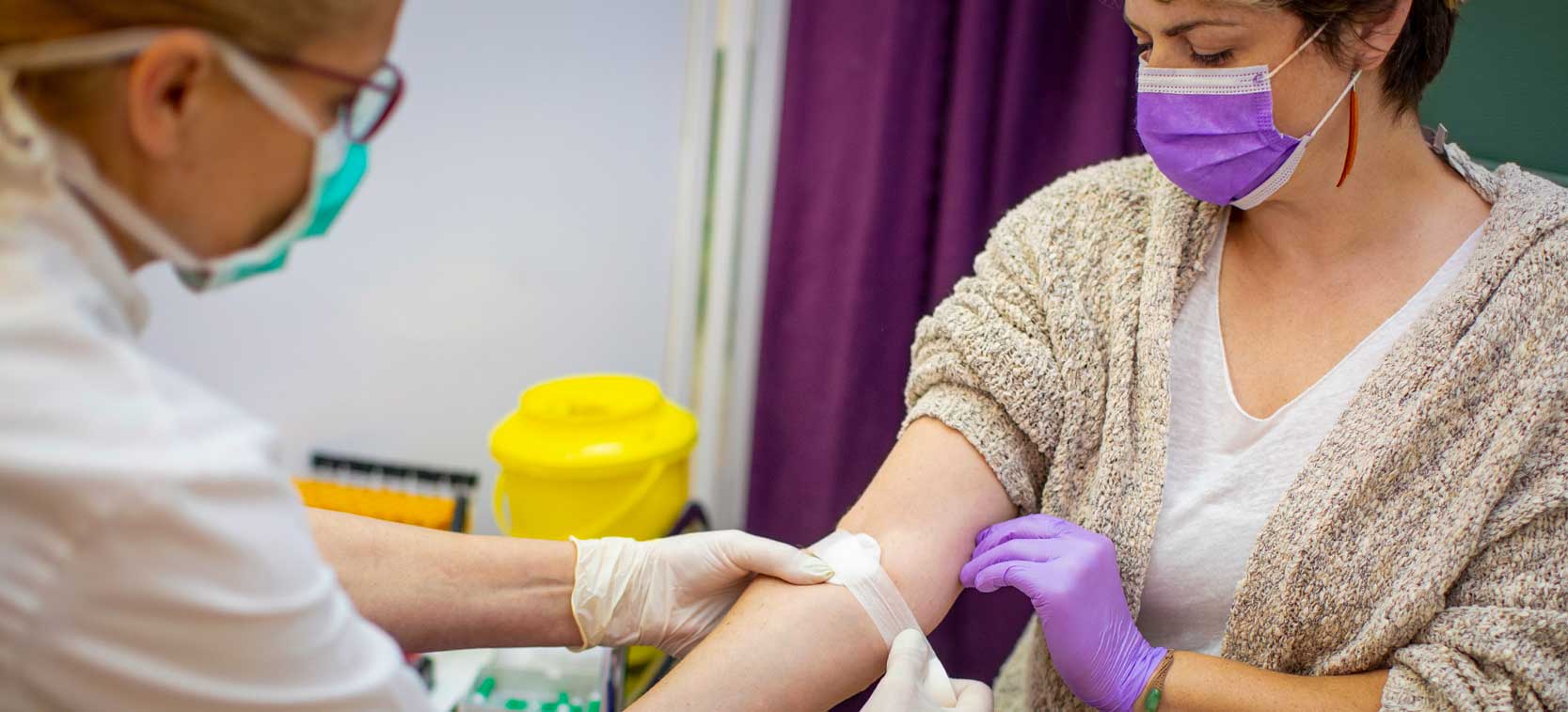Some Known Details About Northeast Medical Institute - New Haven Campus Phlebotomy Course & Cna Class
Some Known Details About Northeast Medical Institute - New Haven Campus Phlebotomy Course & Cna Class
Blog Article
What Does Northeast Medical Institute - New Haven Campus Phlebotomy Course & Cna Class Mean?
Table of ContentsNortheast Medical Institute - New Haven Campus Phlebotomy Course & Cna Class - An OverviewNot known Details About Northeast Medical Institute - New Haven Campus Phlebotomy Course & Cna Class Some Known Details About Northeast Medical Institute - New Haven Campus Phlebotomy Course & Cna Class Indicators on Northeast Medical Institute - New Haven Campus Phlebotomy Course & Cna Class You Need To KnowThe Northeast Medical Institute - New Haven Campus Phlebotomy Course & Cna Class IdeasAll about Northeast Medical Institute - New Haven Campus Phlebotomy Course & Cna Class
The usage of such gadgets should be accompanied by various other infection prevention and control methods, and training in their use.For setups with low sources, price is a driving consider procurement of safety-engineered devices - CNA Training. Where safety-engineered tools are not available, experienced usage of a needle and syringe serves. Unintended exposure and certain information regarding an occurrence must be taped in a register. Assistance services need to be promoted for those that undertake accidental exposure.
Among the essential markers of high quality of treatment in phlebotomy is the involvement and teamwork of the individual; this is equally advantageous to both the health and wellness worker and the patient. Clear information either created or spoken should be readily available per person who undergoes phlebotomy. Annex F supplies sample message for discussing the blood-sampling procedure to a client. labelling); transport problems; analysis of outcomes for professional monitoring. In an outpatient division or center, provide a committed phlebotomy cubicle containing: a tidy surface area with two chairs (one for the phlebotomist and the various other for the patient); a hand clean container with soap, running water and paper towels; alcohol hand rub. In the blood-sampling room for an outpatient department or center, supply a comfortable reclining sofa with an arm remainder.
Unknown Facts About Northeast Medical Institute - New Haven Campus Phlebotomy Course & Cna Class
Make certain that the indicators for blood sampling are plainly specified, either in a created protocol or in recorded directions (e.g. in a laboratory form). In any way times, comply with the approaches for infection prevention and control detailed in Table 2.2. Infection avoidance and control techniques. Accumulate all the devices needed for the procedure and location it within safe and simple reach on a tray or trolley, making sure that all the products are clearly visible.
Introduce yourself to the patient, and ask the individual to mention their full name. Check that the research laboratory type matches the person's identification (i.e. match the patient's details with the research laboratory form, to make sure precise identification).
Make the individual comfortable in a supine position (when possible). Place a clean paper or towel under the patient's arm. Talk about the test to be carried out (see Annex F) and acquire verbal permission. The individual has a right to reject an examination at any moment prior to the blood tasting, so it is crucial to guarantee that the patient has recognized the procedure.
The Single Strategy To Use For Northeast Medical Institute - New Haven Campus Phlebotomy Course & Cna Class
Prolong the person's arm and examine the antecubital fossa or forearm. Find a capillary of a great size that is visible, straight and clear.
DO NOT insert the needle where capillaries are diverting, because this increases the chance of a haematoma. Situating the blood vessel will assist in identifying the correct dimension of needle.
Samplings from central lines lug a risk of contamination or incorrect laboratory test outcomes. It is acceptable, however not suitable, to draw blood specimens when very first presenting an in-dwelling venous device, prior to attaching the cannula to the intravenous fluids.
Northeast Medical Institute - New Haven Campus Phlebotomy Course & Cna Class - Questions
Failing to allow adequate call time boosts the danger of contamination. DO NOT touch the cleansed website; in certain, DO NOT place a finger over the vein to assist the shaft of the revealed needle.
Ask the individual to develop a fist so the veins are more noticeable. Get in the capillary swiftly at a 30 degree angle or less, and continue to present the needle along the vein at the most convenient angle of entry - CNA Courses. When enough blood has been collected, launch the tourniquet BEFORE withdrawing the needle
10 Easy Facts About Northeast Medical Institute - New Haven Campus Phlebotomy Course & Cna Class Explained
Take out the needle delicately and apply gentle pressure to the site with a tidy gauze or dry cotton-wool sphere. Ask the patient to hold the gauze or cotton woollen in position, with the arm expanded and raised. Ask the individual NOT to flex the arm, due to the fact that doing so causes a haematoma.

The smart Trick of Northeast Medical Institute - New Haven Campus Phlebotomy Course & Cna Class That Nobody is Discussing
Do not press the syringe plunger since extra pressure boosts the threat of haemolysis. Where feasible, maintain televisions in a shelf and relocate find out this here the shelf towards you. Inject downwards into the ideal coloured stopper. DO NOT get rid of the stopper since it will certainly release the vacuum. If the sample tube does not have a rubber stopper, inject extremely slowly right into television as decreasing the stress and rate made use of to move the sampling minimizes the danger of haemolysis.

Report this page